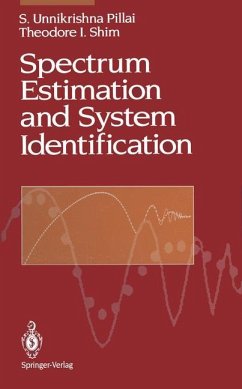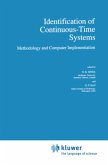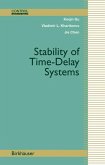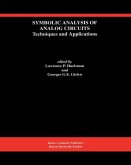Spectrum estimation refers to analyzing the distribution of power or en ergy with frequency of the given signal, and system identification refers to ways of characterizing the mechanism or system behind the observed sig nal/data. Such an identification allows one to predict the system outputs, and as a result this has considerable impact in several areas such as speech processing, pattern recognition, target identification, seismology, and signal processing. A new outlook to spectrum estimation and system identification is pre sented here by making use of the powerful concepts of positive functions and bounded functions. An indispensable tool in classical network analysis and synthesis problems, positive functions and bounded functions are well and their intimate one-to-one connection with power spectra understood, makes it possible to study many of the signal processing problems from a new viewpoint. Positive functions have been used to study interpolation problems in the past, and although the spectrum extension problem falls within this scope, surprisingly the system identification problem can also be analyzed in this context in an interesting manner. One useful result in this connection is regarding rational and stable approximation of nonrational transfer functions both in the single-channel case and the multichannel case. Such an approximation has important applications in distributed system theory, simulation of systems governed by partial differential equations, and analysis of differential equations with delays. This book is intended as an introductory graduate level textbook and as a reference book for engineers and researchers.
Bitte wählen Sie Ihr Anliegen aus.
Rechnungen
Retourenschein anfordern
Bestellstatus
Storno








